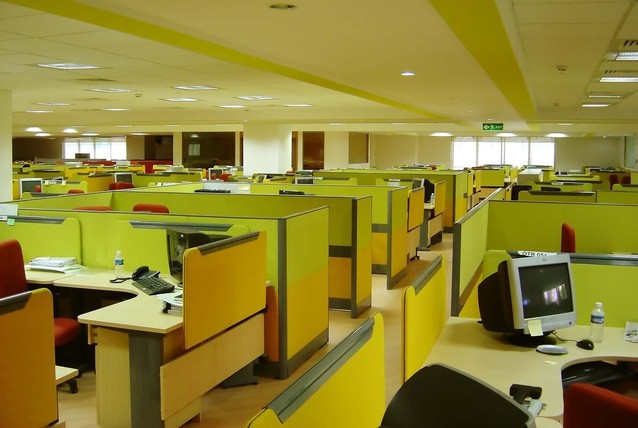Application Portfolio Rationalization Strategies
Published on 13 December 15
0
1
Every organization goes through change over time. They grow, shrink, or do both in cycles. Most of that change is an adaptive response to new opportunities, new challenges, new regulation, or new management initiatives. Very often, in order to support these changes new IT applications and hardware are added. It is not uncommon to find that over time, particularly in large, global companies, the internal IT landscape becomes very large and complex, full of applications, technical teams and processes that keep it running.

It all gets very expensive and unwieldy to maintain, however, and during times of business challenge most organizations look at their systems and ask how things can be made less expensive, more productive, more efficient, and easier to maintain. The solution lies in taking an organized and holistic look at all the various components of the IT portfolio and then taking decisions that, when executed, will achieve the objectives of optimal cost and productivity.
There are a number of ways of approaching the problem of rationalizing a portfolio of applications. There will always be wishful thinking involving magic wands and instantly transformed portfolios, but a pragmatic approach is what works best. The most important factor in achieving change is getting the buy-in of stakeholders and users. Buy-in comes with winning confidence through the presentation of a logical plan followed by visible success in a reasonable period of time. After doing a comprehensive inventory of all the hardware and software, it’s usually best to go for the quick wins first.
Shortest Cleanups
These are the no brainer candidates, the one’s that have to be done anyway. Some of these include cleaning up data stores and upgrading licenses that are due for renewal in the short term. If there is going to be a rethink about whether new databases are going to be SQLServer rather than Oracle, until that decision is taken at least existing licenses need to be renewed. The same goes for same for operating systems, middleware, BI, etc. As for cleaning up data stores, the least that can be done is to remove old data files. Another action in this category is to identify applications and hardware that are not being used and are no longer needed. Sometimes certain utilities and reporting tools just gradually fade away from use and get forgotten.
Medium Term Wins
This includes things such as rationalization or consolidation of infrastructure hardware for processing and storage. Once the cleanup of unwanted data and applications has been done, some amount of server and storage capacity gets freed up, thereby revealing opportunities for consolidation. Other candidates for medium term wins include the possibility of consolidation in ongoing and upcoming projects. This is a step that can be revisited with new insights once the long term solutions are identified. Apart from rationalization at the application level itself, there may be opportunities to rationalise further down, in terms of infrastructure choices and even languages used. In very large organizations that tend to work in silos it’s not uncommon to find some teams choosing to work in Java (for example), while another works with .Net, while either of them could really have worked fine. In the long run, adding disparity adds cost that could have been avoided had there been better insight available at the time of making choices.
Another set of candidates in this category are applications that may be facing obsolescence in the medium to long term. When they have run their course, will they really need upgrading or rewriting, or can they just be shut down, with their functions incorporated into some other application?
Strategic Solutions
These are the longer term candidates. It includes revisiting architectures at the enterprise level, and identifying opportunities for greater interoperability and standardization. Certain applications may be moved to the cloud for greater economies of running cost, while services around smaller applications may become candidates for sharing. Optimization may also be factored into future projects that are foreseen to involve the introduction of new technologies in the organization, for example, analytics, IoT, and security. The solutions may become obvious, but in order for the rationalization problems themselves to become visible strategic solutioning requires a top-down bird’s eye view of the IT portfolio, one that becomes a constant factor in future initiatives.
This blog is listed under
Project & Service Management
Community
Related Posts:
Post a Comment
You may also be interested in
Share your perspective

Share your achievement or new finding or bring a new tech idea to life. Your IT community is waiting!

 Mario Lewis
Mario Lewis








